
Essential Folding Techniques for Perfect Sourdough
When searching for sourdough techniques, you’ll often come across a variety of folding methods used by different bakers. There are so many ways to fold the dough, and you can understand that why you are using them and when you need use them from this blog.
When searching for sourdough techniques, you’ll often come across a variety of folding methods used by different bakers. There are so many ways to fold the dough, but they all serve three main purposes:
- Strengthening the Dough: Each fold helps build gluten structure, which strengthens the dough and improves its support—arguably the most crucial aspect.
- Incorporating Fresh Air: Folds introduce fresh air, boosting yeast activity and enhancing fermentation.
- Balancing Dough Temperature: Folding helps distribute warmth more evenly, which promotes consistent fermentation.
In this article, I’ll outline some of the most common folding techniques and explain when and why each method is used.
1. Stretch and Fold
Stretch and Fold is a fundamental technique in sourdough bread making used to develop gluten and strengthen the dough without kneading.This folding technique is typically used during the first or second fold, as the gluten in the dough is still very weak at this stage and your hands may not be able to lift the entire dough. Compared to other techniques, this method is relatively gentle and won’t damage the gluten structure.
Here’s how it works:
- Lift and Stretch: With wet hands to prevent sticking, gently lift one side of the dough and stretch it upward until you feel some resistance.
- Fold Over: Fold the stretched part of the dough over to the opposite side.
- Rotate and Repeat: Rotate the bowl a quarter turn and repeat the process, stretching and folding from each side, until all four sides have been folded over.
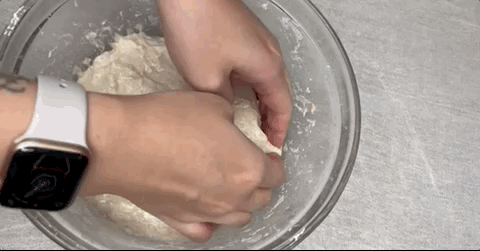
Typically, the Stretch and Fold process is repeated several times throughout the bulk fermentation period, with about 30 minutes of rest between each round. This technique builds strength and elasticity in the dough, encouraging a light, open crumb in the final bake without risking overhandling or tearing the dough.
2. Coil Fold
The Coil Fold is a gentle technique used during sourdough’s bulk fermentation to develop gluten and structure without deflating the dough. It’s particularly suited for very high-hydration doughs. Unlike the Stretch and Fold, where you lift and fold from each side, the Coil Fold involves lifting the dough in a way that creates a “coil” as you fold it back on itself.
Here’s a step-by-step breakdown:
- Lift the Dough: With both hands, gently lift the dough from the center of the bowl, allowing it to stretch under its own weight.
- Fold Under: Gently let the ends fold under as you set it back down, creating a coil shape beneath.
- Turn and Repeat: Rotate the bowl 90 degrees and repeat the motion, lifting and folding to strengthen the dough evenly.

3. Bench Light Fold
A Bench Light Fold is a gentle folding technique done on the countertop during bulk fermentation. This fold helps add structure to the dough without deflating it too much. It’s typically done after a few rounds of more intensive folding, like Stretch & Folds, and is often followed by a rest period to let the dough relax.
Here’s how to perform a Bench Light Fold:
- Turn Out the Dough: Gently turn the dough onto a lightly floured/watered surface.
- Fold Gently: Lightly stretch the dough into a rectangular shape. Fold each side of the rectangle inward—like folding a letter—being careful not to knock out too much air.
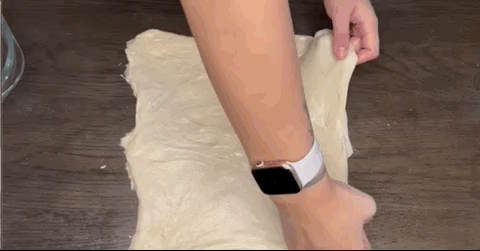
4. Lamination
lamination is a technique where the dough is stretched out into a very thin layer and then folded multiple times to build structure and strength. This process helps improve gluten development, creating an open crumb with larger air pockets.
Here’s how lamination typically works:
- Stretching: After a few initial rounds of folding, you place the dough on a lightly dampened surface, gently stretching it into a thin sheet (sometimes as thin as you can manage without tearing).
- Folding: The dough is then folded over itself, often in thirds or quarters, similar to folding a letter or creating layers in laminated pastry dough.
- Resting: After lamination, the dough is returned to the bowl and allowed to rest, which helps it relax and ferment further.
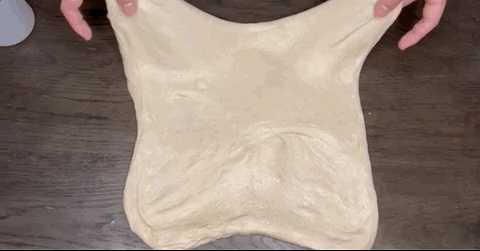
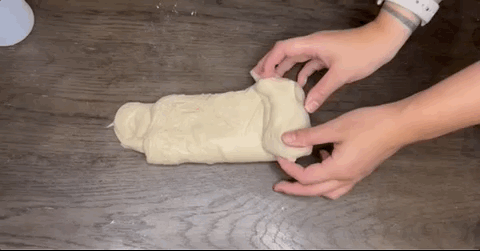
5. Snap and Fold
Snap and Fold is a technique used to strengthen the dough and develop gluten. It’s similar to the Stretch and Fold method but involves slightly more manipulation to encourage elasticity and structure.
Here’s how it works:
- Snap: You gently lift the dough, stretching it until you feel a slight resistance, then give it a light “snap” by pulling it gently, which helps elongate the gluten strands.
- Fold: After snapping, fold the dough back over itself, typically from each side, much like folding a letter.
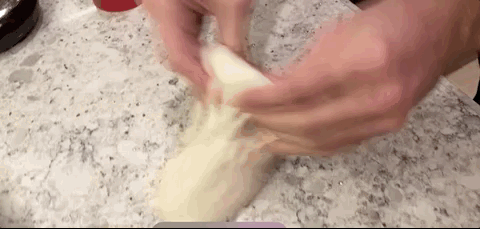
Those are fundamental folding techniques for making hand-kneaded sourdough. Knowing the names and methods is just the first step—consistent practice is key, and genuine interest makes the best teacher. Join Cumo’s classic sourdough tutorial video and start learning how to make your first loaf today!
Try our foolproof sourdough bread recipe:Easy Sourdough Flabatta Sandwich Bread
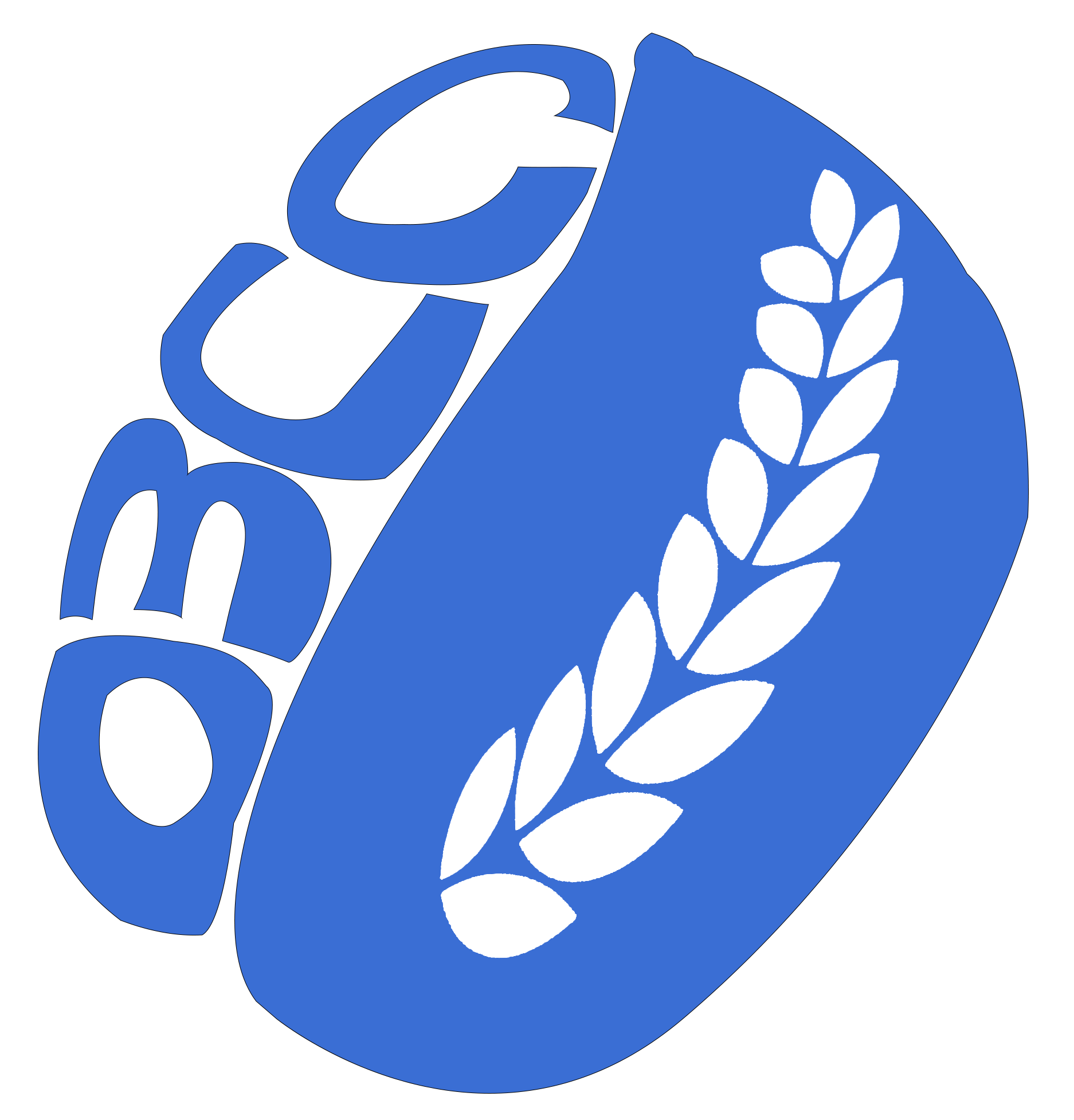



Leave a Reply